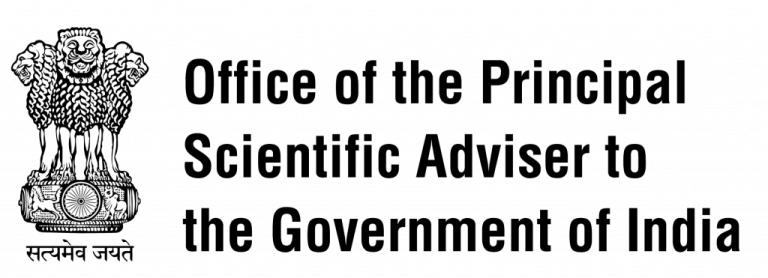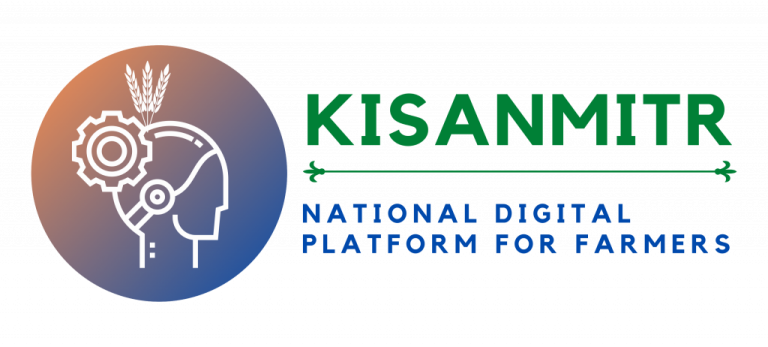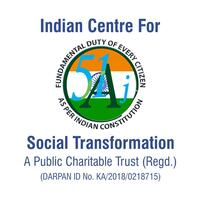
IShWAR - Irrigation Scheduling using real-time data on Water Availability and Requirement
IshWAR
Stage of adaption :
Cultivation Stage
TECHNOLOGY BRIEF
The canal irrigation efficiency in India is very low with an average of about 38% (GoI, 2011). It is widely accepted that structural or hardware measures, such as canal lining and installation of control structures, may not alone be sufficient to improve the efficiency. The non-structural or software measures, such as reliable real-time & forecasted demand & supply values, updated delivery rules, and effective communication between water management engineers & farmers, are equally important, and more so for developing countries because they need less financial investment compared to structural measures. The proposed technology, termed IShWAR, will collect and process water supply and demand information in real time, and present it to water management engineers and farmers to enhance their synergies. The enhanced synergies will improve the canal irrigation efficiency and thereby increase the overall water productivity in the command area. IShWAR combines the satellite data, ground sensor data on crops and canal water supply data from instruments into an empirical/AI model. The model generates and issues weekly advisories to both the irrigation department and farmers. The engineers will be advised on exactly how much water to release in each canal network and what should be the right schedule to maximise the basin productivity. The farmers will be advised on how much water to input to crops and when so to maximise the crop yield.
BENEFITS
The following benefits will be derived from the technology:
• Reduced gap between water demand and supply.
• Improved irrigation water productivity.
• Improved yield from supplying right amount of water at right time
• Increased stakeholders (Farmers, Water user associations, engineers, planners, FPO’s etc) engagement.
• Increased water supply to farmers who are most affected by inadequate or untimely water supply.
• A tool for water management engineers to visualize data and predict outcomes of their decisions.
• Reduced stress and uncertainty of farmers
TECHNOLOGY READINESS
MVP stage
The main components of IShWAR are: (i) estimating real-time values of water demand and supply based on data from ground sensors, satellites, weather models and farmers, (ii) forecasting water demand using a crop model and forecasted weather data, (iii) visually presenting demand and supply information to water management engineers, (iv) performing hydraulic simulations and suggesting decision options to the engineers, and (v) communicating decisions to farmers and getting their feedbacks.
We have developed and independently tested these components or their parts in our previous studies (PANI). The methodology for installing ground sensors, estimating crop water demand, crowdsourcing farm data and communicating irrigation advisories to farmers was tested in a pilot study near Kanpur, Uttar Pradesh. In this study, data on agricultural practices and soil were collected from 150 farms. The technology could save 30 Million litres of groundwater from over extraction in 6 months.
World bank has recently published a report (World Bank 2020) proposing seven global products and applications as strategic and beneficial opportunities for the international community to develop. It recommended the PANI work stating that “This irrigation advisory system in India will be successful and will go forward one way or another, as a potentially disruptive technology.” It further adds that “the benefit of the advisories will increase if canal discharge scheduling is also based on real-time information of irrigation water requirements, rather than outdated records of cropping patterns.”
NASA has also appreciated the PANI work and published an article on their website on the eve of Earth day (NASA 2020). They have also converted the work into education lessons to school children
Next, using meteorological and soil moisture data from ground stations and forecasted weather parameters from downscaled numerical weather prediction models, we provided advisories to farmers through SMS (Hossain et al., 2020; Agrilinks team, 2020). The methodology for measuring water level in canals & wells was developed and tested in a critical zone observatory of the Ganga Basin (Gupta et al., 2019). In that study, we also developed & perfected the methodology for involving citizen scientists in collecting weather data.
● World Bank (2020) New avenues for remote sensing applications for water management http://documents.worldbank.org/curated/en/810581561961939655/pdf/New-Avenues-for-Remote-Sensing-Applications-for-Water-Management-A-Range-of-Applications-and-the-Lessons-Learned-from-Implementation.pdf
● NASA (2020) https://gpm.nasa.gov/articles/satellite-data-empowers-farmers-india
● Gupta, S., S. H. Karumanchi, S. K. Dash, S. Adla, S. Tripathi, R. Sinha, D. Paul, and I. S. Sen (2019), Monitoring ecosystem health in India’s food basket, Eos, 100, https://doi.org/10.1029/2019EO117683.
● Hossain, F., Karumanchi, S. H., Goyal, S., Ahmad, S., Lohani, B., Balaji N, and Tripathi S. (2020). Towards affordable and sustainable water smart irrigation services. Water Resources, IMPACT, 22(1), 28-29. https://online.flippingbook.com/view/219042/28/
● Agrilink Team (2020). Improving Irrigation Services for Marginal Farmers in India, https://www.agrilinks.org/post/improving-irrigation-services-marginal-farmers-india.
INTELLECTUAL PROPERTY
Technology Not Protected
CERTIFICATION
Not Applicable
TARGET CUSTOMERS
● Irrigation Department
● Farmers depending on Canal water
SCALABILITY
The product is highly scalable. It can very flexibly grow from a minor or outlet command area to an entire main canal command area. As the technology doesn’t involve much construction activities, the cost of scaling will also be lower
LIMITATIONS
• Fast adoption of Farmers
• Availability of smart/feature phones with farmers
• Inertia of department to adopt new technology
• Security of field instruments
TECHNOLOGY COST
If all the cultivated land in one canal command area adopt the solution then the cost is
INR 20/acre/month
SOCIAL IMPACT
• Reduced risk of farmers
• Potential yield improvement of farmers
• Increased canal water potential and more water saving
• Enabling more farmers in canal command area to access water
CONTACT



kisanmitr@indiancst.in
TOLL FREE
1800 258 2010
ONLINE HELP DESK
+91 97 429 79 111


